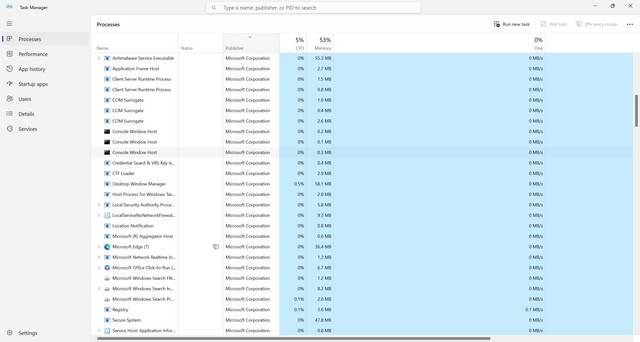When it comes to computer programs and processes, it’s important to understand what they are and whether they are necessary for your system’s functionality. One such program that you may come across is Battlenet.exe. In this article, we will delve into the details of Battlenet.exe, its purpose, and whether or not you should remove it from your computer.

What is Battlenet.exe?
Battlenet.exe is an executable file associated with the popular gaming platform, Battle.net, developed by Blizzard Entertainment. Battle.net is a digital distribution platform that allows users to purchase, download, and play Blizzard games such as World of Warcraft, Overwatch, and Diablo.
When you install a Blizzard game on your computer, Battlenet.exe is automatically installed as well. It acts as the launcher and updater for all Blizzard games, ensuring that you have the latest versions and patches installed.
Is Battlenet.exe Safe?
Many users may be concerned about the safety of Battlenet.exe, especially considering the prevalence of malware and viruses. However, Battlenet.exe itself is a legitimate file and is not considered harmful.
That being said, it’s important to note that malware and viruses can sometimes disguise themselves as legitimate files. Therefore, it’s always a good idea to regularly scan your computer for any potential threats. We recommend using Malwarebytes Free, a trusted and effective antivirus program, to ensure the security of your system.
Should I Remove Battlenet.exe?
Now that we know Battlenet.exe is safe, the question remains: should you remove it from your computer? The answer depends on your usage of Blizzard games and the Battle.net platform.
If you are an avid gamer and regularly play Blizzard games, removing Battlenet.exe would prevent you from accessing and playing these games. Battlenet.exe is essential for launching and updating Blizzard games, so removing it would render them unplayable.
On the other hand, if you do not play Blizzard games or have no use for the Battle.net platform, you may consider removing Battlenet.exe to free up system resources. While Battlenet.exe itself does not consume a significant amount of resources, removing it can help declutter your system and potentially improve performance.
How to Remove Battlenet.exe
If you have decided to remove Battlenet.exe from your computer, here are the steps you can follow:
- Open the Control Panel on your Windows computer.
- Select “Uninstall a program” or “Programs and Features.”
- Locate “Battle.net” in the list of installed programs.
- Right-click on “Battle.net” and select “Uninstall.”
- Follow the on-screen prompts to complete the uninstallation process.
Once you have successfully uninstalled Battlenet.exe, you will no longer have access to Blizzard games and the Battle.net platform. If you change your mind in the future, you can always reinstall Battlenet.exe and regain access to your games.
Conclusion
Battlenet.exe is an executable file associated with the Battle.net platform developed by Blizzard Entertainment. It is safe and necessary for launching and updating Blizzard games. If you are an avid gamer, it is recommended to keep Battlenet.exe installed on your computer. However, if you do not play Blizzard games or have no use for the Battle.net platform, you can consider removing Battlenet.exe to free up system resources.
Remember to regularly scan your computer for potential threats using Malwarebytes Free or any other trusted antivirus program to ensure the security of your system. Ultimately, the decision to remove Battlenet.exe depends on your personal preferences and usage of Blizzard games.










